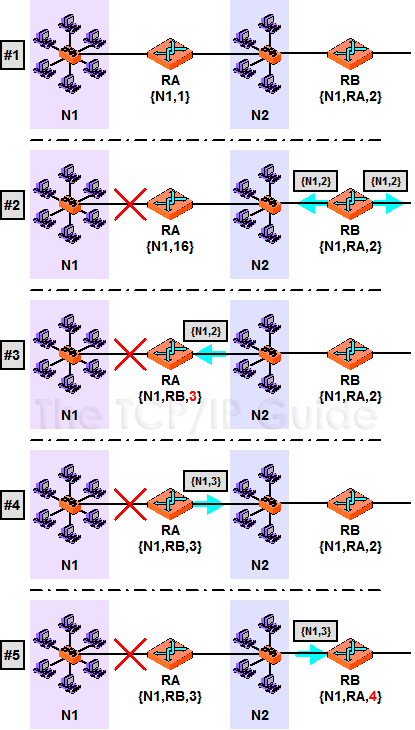 |
|
Please Whitelist This Site?
I know everyone hates ads. But please understand that I am providing premium content for free that takes hundreds of hours of time to research and write. I don't want to go to a pay-only model like some sites, but when more and more people block ads, I end up working for free. And I have a family to support, just like you. :)
If you like The TCP/IP Guide, please consider the download version. It's priced very economically and you can read all of it in a convenient format without ads.
If you want to use this site for free, I'd be grateful if you could add the site to the whitelist for Adblock. To do so, just open the Adblock menu and select "Disable on tcpipguide.com". Or go to the Tools menu and select "Adblock Plus Preferences...". Then click "Add Filter..." at the bottom, and add this string: "@@||tcpipguide.com^$document". Then just click OK.
Thanks for your understanding!
Sincerely, Charles Kozierok
Author and Publisher, The TCP/IP Guide
|
|
|

Custom Search
|
|
RIP Protocol Limitations and Problems
(Page 2 of 4)
“Counting To Infinity”
A special case of slow convergence can lead to a routing loop situation where one router passes bad information to another router, which sends more bad information to another router and so on. This causes a situation where the protocol is sometimes described as unstable.; the problem is called counting to infinity for reasons we will soon see.
To understand how this happens, let's modify the example we looked at in the topic describing the RIP algorithm (you may find it helpful to refer to Figure 174 as you follow this discussion). Suppose that the internetwork is operating properly for a while. Router B has an entry indicating it can reach Network 1 through Router A at a cost of 2. Now, say the link from Network 1 to Router A fails. After the Timeout timer for Network 1 expires on Router A, RA will change the metric for N1 to 16 to indicate that it is unreachable. In the absence of any mechanism to force RA to immediately inform other routers of this failure, they will remain “in the dark”. Router B will continue to think it can reach Network 1 through Router A.
|
Now, suppose RB's regular 30 second timer goes off before RA's next broadcast. RB will send its normal routing table, which contains a route to Network 1 at a cost of 2. Router A will see this and say “Hey, look, Router B has a route to Network 1 with a cost of 2! That means I can get there with a cost of 3, which sure beats my current cost of 16; let's use that!” So, Router A installs this route and cancels its Timeout timer. Of course, this is bogus information—Router A doesn't realize that Router B's claim of being able to reach Network 1 was based on old information from Router A itself!
It only gets worse from there. When it is time for Router A's regular routing table update, it will broadcast a route to Network 1 with a cost of 3. Now, Router B will then see this and say “Hmm. Well, my route to Network 1 is through Router A. Router A was saying before that its cost was 1, but now it says the cost is 3. That means I have to change my cost to 4”.
RB will later send back to RA, and back and forth they will go, each incrementing the cost two at a time. This won't stop until the value of “infinity” (16) is hit—thus the name counting to infinity. At this point both routers will finally agree that Network 1 is unreachable, but as you can see, it takes a long time for it to happen.
|
| |||||||||||||||||||
Home - Table Of Contents - Contact Us
The TCP/IP Guide (http://www.TCPIPGuide.com)
Version 3.0 - Version Date: September 20, 2005
© Copyright 2001-2005 Charles M. Kozierok. All Rights Reserved.
Not responsible for any loss resulting from the use of this site.







